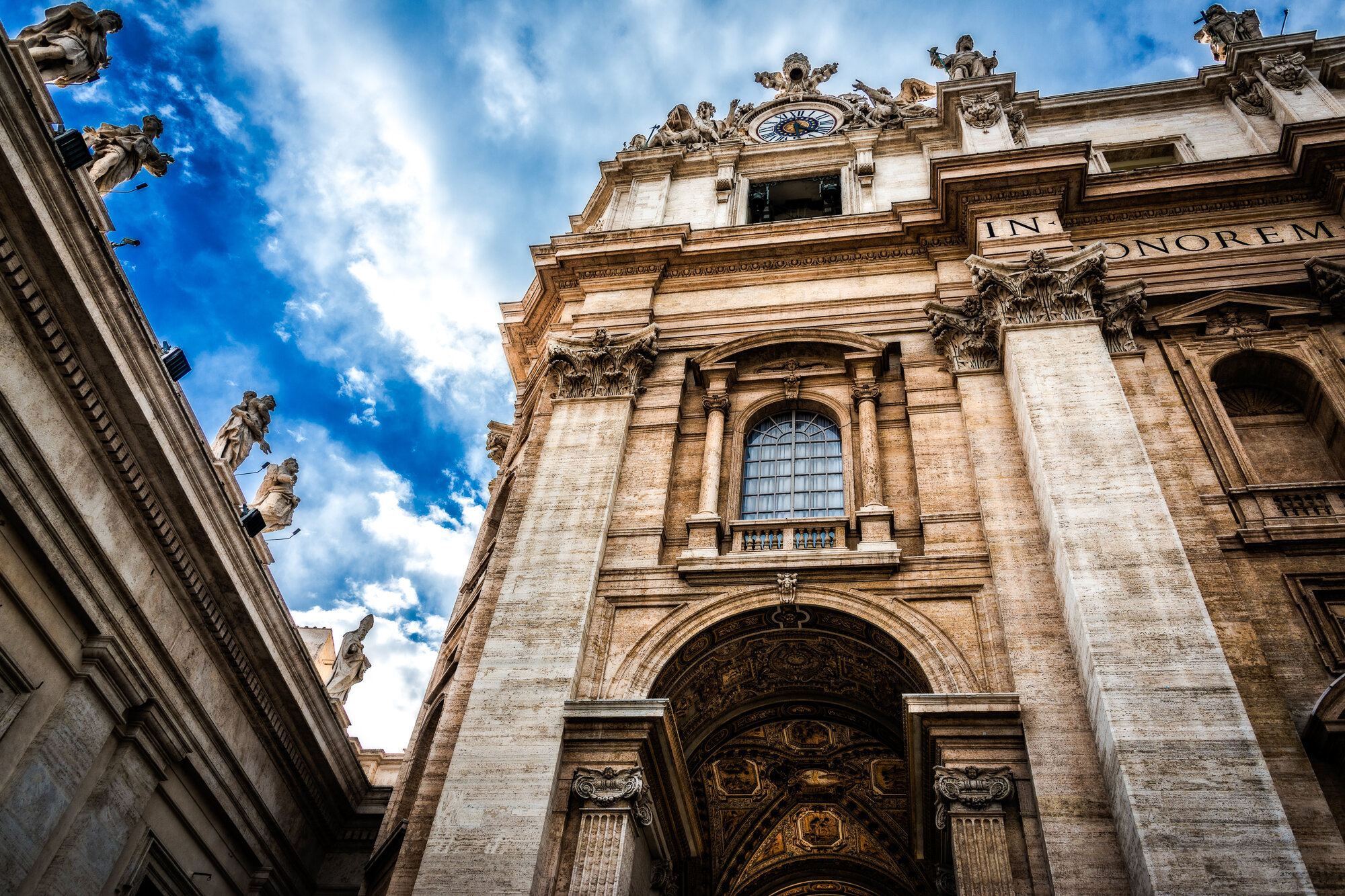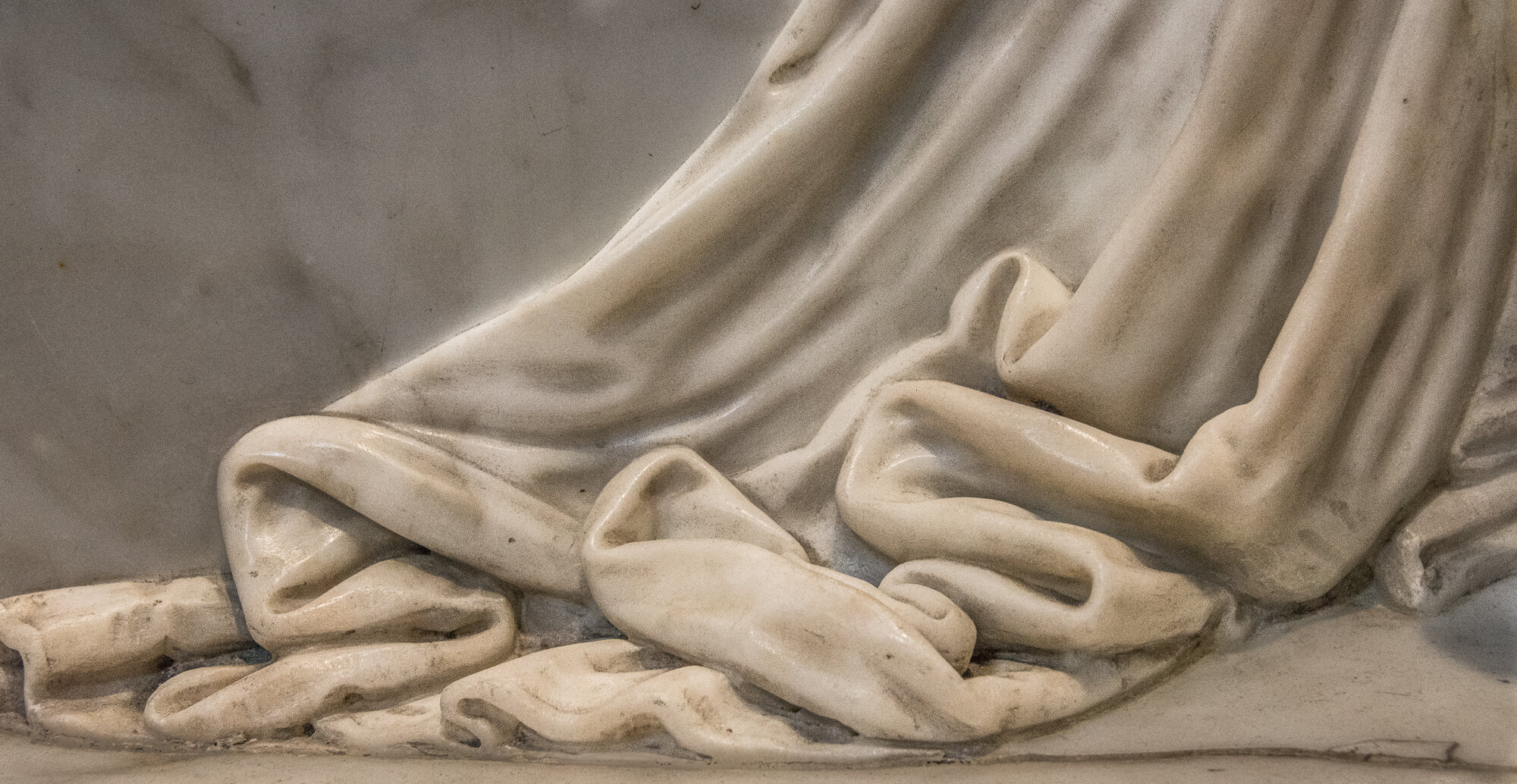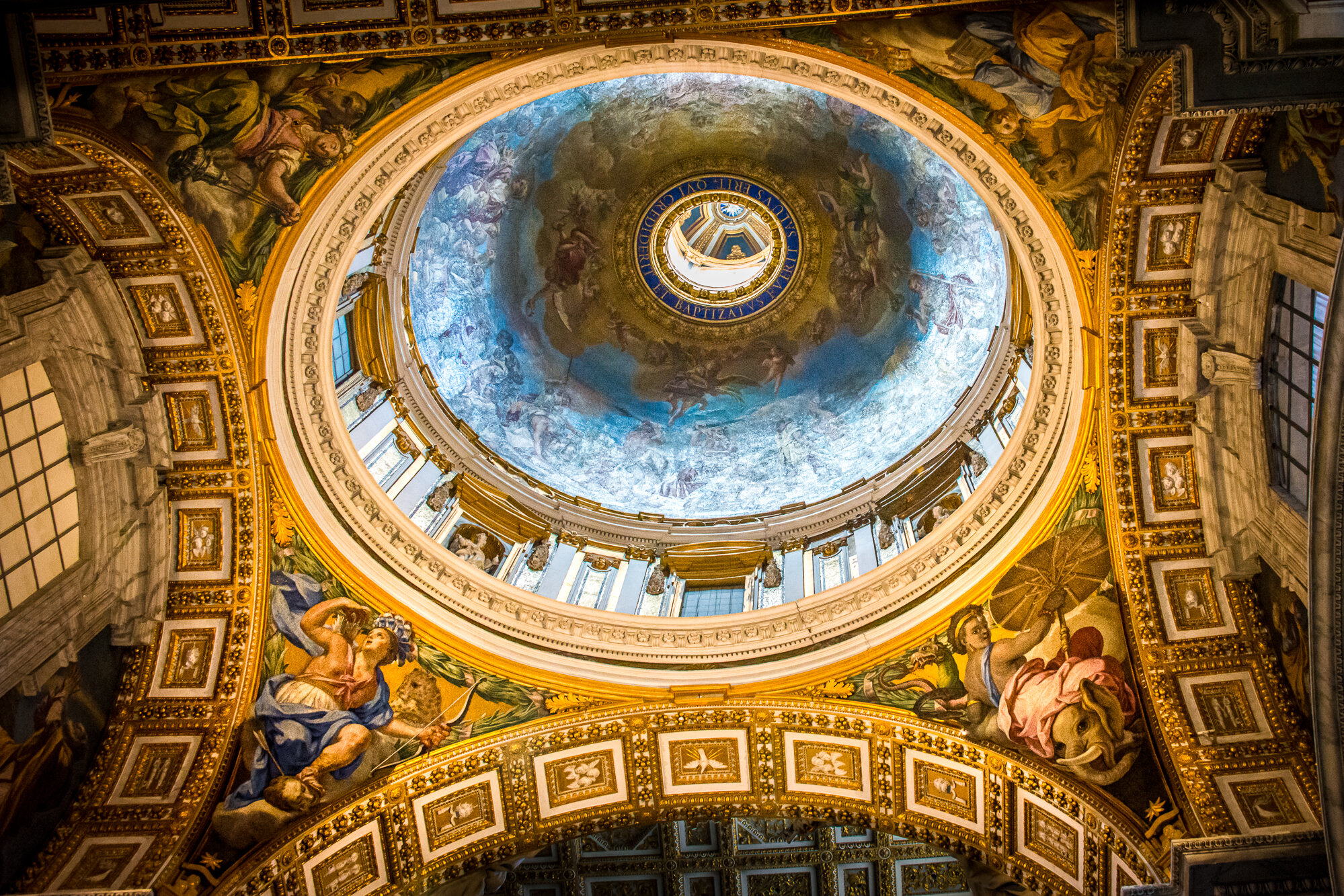“St Peter’s Basilica is the world’s largest church in the world’s smallest country.”
The Vatican is a must see…don’t go to Rome without seeing it. And, how best to see it? That’s a good question. Read on for the answer.
The Vatican
“The Vatican” is composed of four entities, as follows:
Vatican City, the city-state ruled by the pope in Rome…we can’t roam around there
Apostolic Palace, the official residence of the pope…we can’t go there, unless invited
St. Peter's Basilica…yes, we can, and should, go there
Vatican Museum…definitely go there
As mere mortals, we can’t just wander around the Vatican City. However, we can visit the Vatican Museum and St Peter’s Basilica…so, that’s what we will look forward to seeing.
When visiting the Vatican, it is recommended that you first visit the Vatican Museums, and then head to the Basilica. There is good reason for doing this, and that reason will be revealed in next weeks Part 2 installment. Also, I’m reversing the visitation order by giving you St Peter’s Basilica today, before we visit the museums, next week. I know, I know, you are anxious to learn the mysteries of Vatican visitation, but you’ll have to wait for next week’s installment to have them revealed to you. So, in the meantime, I give you the…
Vatican City Layout
Before visiting the Basilica, let’s look at the layout of Vatican City, and where the Basilica and the museums lay within.
In this map of Vatican City, I have outlined the Vatican Museums in blue. The museum complex is huge, with many artifacts that will be revealed next week. In the red, you see St Peter’s Basilica, fronted by St Peter’s Square. The square is a gathering place for the faithful to see the Pope when he makes an appearance, as well as a place to gather for many other Vatican-related events…it’s a beautiful venue. The areas shown in green are the parks of Vatican City…you can look from several vantage points, but, please don’t touch.
Though it is referred to as ‘Vatican City’, it is actually a country unto itself.
St Peter’s Basilica
Just a small bit of history today, but mainly photos of the interior of he Basilica.
Is it actually a cathedral? No, it isn’t. A cathedral must be the seat of a bishop…and this isn’t. Though the Pope is the Bishop of Rome, his cathedral is actually the Cathedral of Saint John Lateran.
The Basilica was consecrated on November 18, 1626. However, understand that it was a work in progress for 120 years. The Basilica is huge, at 720 by 490 feet, and with a height of about 450 feet. It’s the largest church on Earth…and maybe the whole Universe? We’ll never know! But, we know that St Peter’s Basilica is the world’s largest church in the world’s smallest country.
Because it took so long to construct the church, there were at least 8 architects involved over the years. Donato Bramante is credited with the plan, while Michelangelo was the chief executer of that plan.
You might remember that Christ said, “And I tell you, you are Peter, and on this rock I will build my church”. After his own crucifixion (upside down at his own request, by the way), Peter was buried where the current church sits today…that’s why the Basilica was located there.
OK, let’s move on to see what St Peter’s Basilica looks like…here is the exterior, taken on a dark and stormy day whilst in Rome in 2012. One almost expects to hear dramatic organ music and to see lightening descending to strike the dome.
St Peter’s Basilica
The stone work of the exterior is very…stone like.
And who provides the security for the Basilica…why the Swiss Guards do, that’s who.
Swiss Guards of the Vatican
Nice looking guys, right? Wouldn’t they look a bit more formidable with black outfits, weapons (other than a spear thingie) strapped on, and Kevlar vests? I think we might have seen someone dressed like this in a Cirque du Soleil show. Though I jest, they are a proud and capable group of dedicated Vatican guards.
When you enter through the massive doors, you are struck by the sheer magnitude of the Basilica’s size.
From Wikipedia
The baldacchino can be seen way down there…under the dome. Here is a closer view of the baldacchino.
To give you an idea of the size of the Basilica, the top of the baldacchino is 95 feet.
And speaking of domes, here is a view of the 136’ diameter main dome, with the baldacchino below.
Just inside and to the right as you enter the Basilica through the massive front doors, you find the magnificent Pieta. I wrote about the Pieta in September of 2015. You can see that article here.
Here are various photos that I have taken of the interior of St Peter’s Basilica.
See that female (yes?) figure with the bow in the bottom-left of the last photo above. In this detail photo below, you can see that these figures adorning the support for this small dome are mosaics. Don’t ask…I have no idea what the head under foot represents, or how it got there.
I will leave you with one, final dome (there are many within the Basilica)…not the main one, but an impressive one, none the less.
That’s it for our short visit to St Peter’s Basilica…well, almost. I need to share a humorous (maybe, maybe not?) anecdote…and a warning…about entering St Peter’s.
We visited St Peter’s in 2000, when the church was celebrating one of the recurring Diamond Jubilees (25-year anniversaries). The men in our group neglected to wear long pants (I have not taken shorts to Italy, since). We were stopped at the giant doors with, “Hey, you can’t go in like that…what do you think this is? A tourist site?”. Well, at 10,000,000 visitors a year…yes, that’s what I thought it was. There is a standing tradition of passing down, at the cost of $10, a pair of simple nylon pants with elastic waist…one size fits all. After coming out of the Basilica, there is absolutely no problem in holding them up and selling them to get your $10 back. So, be prepared to wear long pants, or to have $10 ready for temporary ownership of nylon pants. While we were waiting, two girls from Germany were stopped because of their shorts, so they stepped to the side of the massive doors, stripped down to bra and panties, reached into their backpacks, and then dressed in something more appropriate. Was that strip show less offensive than bare knees?
As I stated at the beginning, don’t go to Rome without seeing St Peter’s Basilica…it is a worthy, inspiring stop on your journey. You too will stand in awe at the magnitude of this beautiful structure. And, don’t forget that next week, you will understand how best to visit the Vatican Museums in Part 2.
Ciao for now,
Steve











